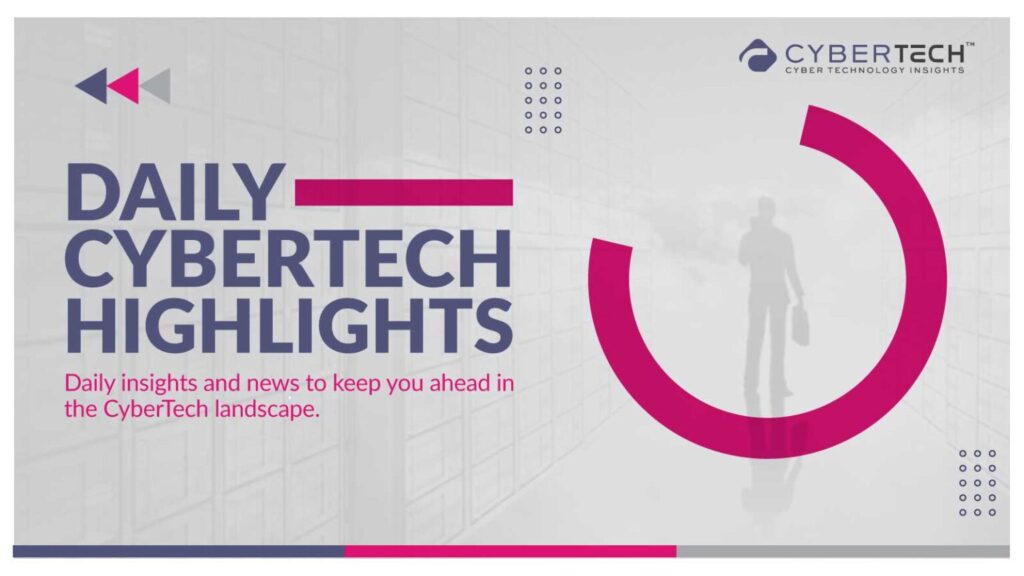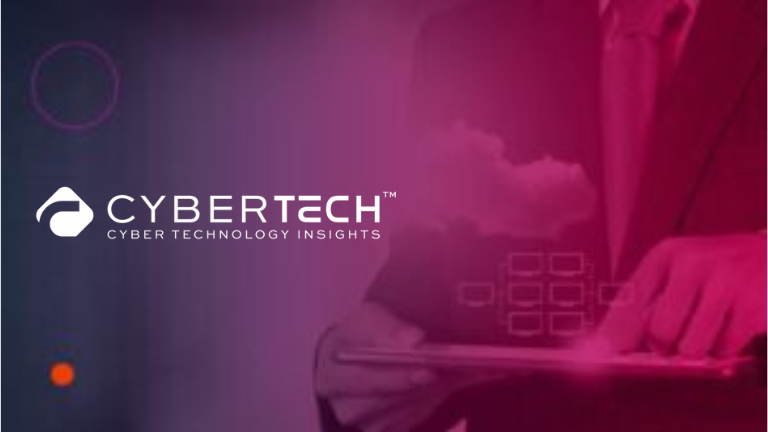Cyber defense in 2025 is a game of time and intelligence. By the time you finish reading this, a cyberattack may have already been planned.
This is the scenario for cyber attackers in 2025, where the threat acts faster, smarter, and more relentlessly. According to IBM, the global average cost of a data breach is $4.45 million.
The U.S. consistently has the highest breach costs year after year. The tools we trust are struggling to keep up. The rule book of engagement in cyber defense is changing every year.
AI is not just an enhancement. It is the basis of next-gen, autonomous security.
Why Traditional Cybersecurity Struggles
IT security teams are facing enormous pressure from the sheer number of security alerts they receive each week. A 2024 Gartner report states that security operations centers (SOC) are missing or ignoring 45% of alerts altogether. Whether due to the volume of alerts, fatigue, or complexity.
Most of those alerts are benign and turn out to be nothing. But then again, there are real threats, and missing (or ignoring) even one can have dire consequences. Think SolarWinds. The attackers remained undetected for months while they were moving laterally and harvesting data without anyone knowing what was happening.
Traditional systems were designed to be reactive. They do not force any action till a rule is triggered. They are not developed to detect sophisticated, unknown threats that mutate in real time. And with the shortage of skilled cybersecurity talent, human-led security simply can’t scale.
Autonomous, But Accountable: Managing AI Ethics and Bias
While incredibly powerful, autonomous AI systems aren’t flawless. Moreover, without human oversight, these systems can introduce new vulnerabilities. Such as false alarms, biased applications, and a lack of transparency in cyber defense.
Business Disruption from False Positives
In the event of a malfunction, an autonomous system might mistakenly block legitimate users or shut down essential services, impacting cyber defense efforts.
AI Bias Is a Threat to Cyber Defense
Poorly trained models can misinterpret specific behaviors, geographic areas, or user profiles, thus generating issues at both operational and compliance levels within cyber defense.
Transparency Is Key in Cyber Defense
Organizations shouldn’t depend on opaque “black-box” decision-making. Instead, they need to consider AI models that offer clear logic, audit trails, and explainability for robust cyber defense.
Governance Frameworks Are a Must-Have for Cyber Defense
Tools like the NIST AI Risk Management Framework (2023) can be used to address and ensure your AI systems adhere to best practices related to trust and accountability in cyber defense.
Compliance Is Tightening in Cyber Defense
Regulations such as the General Data Protection Regulation (GDPR), the California Consumer Protection Act (CPRA), and various new federal initiatives all require clear and transparent oversight when AI impacts user privacy and security in cyber defense.
Human in the Loop for Cyber Defense
In 2025 or any future period, critical decision-making in cyber defense should always involve human review. The most robust systems integrate a degree of autonomy with a clear process for overriding automated systems while implementing ethical practices in cyber defense.
Seeing the Threat Before It Strikes: Real-Time AI in Action
The genuine capability of AI technology in cybersecurity is in its ability to recognize patterns and anomalous situations at a machine scale. Unlike humans, AI does not sleep and does not fatigue. AI is indiscriminate towards apparent patterns, irrespective of the response of other humans. AI can analyze billions of signals all at once. This could be from endpoints, logs, cloud environments, and network traffic.
In the banking sector, where every millisecond is critical, banks like JP Morgan Chase are utilizing AI-based systems that scan behavioral biometrics and transaction anomalies to detect fraud and insider threats in real time.
In healthcare, providers are using AI with natural language processing (NLP) to identify patient records that are compromised, analyzing data streams internally to prevent HIPAA breaches.
For defense, the U.S. Department of Defense’s Project Maven employs AI and computer vision to review video in real-time, identifying potential threats on battlefields. The Same sort of AI logic being brought to the enterprise SOC nowadays is converting security footage, system logs, and user actions into meaningful data.
Multiplier for Human Analysts
Autonomous security does not equal replacing the SOC team. It equals releasing them from the noise. Rather than looking into 10,000 alerts per day, analysts can concentrate on the 10 that are important because AI has already filtered, triaged, and, in most cases, solved the rest.
IBM QRadar working together with Watson for Cyber Security is an excellent illustration of how humans and AI can work hand in hand. Watson receives both structured and unstructured threat intelligence, processes millions of documents, and provides analysts with context in real time. Watson does not replace judgment but refines it.
According to Gartner, by 2026 organizations that use human expertise and AI will have a 60% lower impact of breaches than organizations that lack tools to sort, classify, organize, and interpret threats. That is not just an improved efficiency, it is an improved resilience.
Autonomous Response as the New Normal
Today is about autonomous action, and if you were to look at 2025 how leading companies are building networks now, the networks are self-diagnosing and self-healing, isolating infected nodes, spinning up backups, and constricting access.
CrowdStrike’s Falcon platform uses cloud-based AI functions to predict and prevent breaches before a single line of malware is executed. It is proactive, not reactive. AI red team assessments using the advanced persistent threat (APT) scenarios utilizing AI classifiers can help the chief information security officer (CISO) get ready for the worst.
These assessments do not just test the defenses. They also “train” AI models, showing them how real-world attackers behave safely and improving and continuously updating the AI’s understanding of logic for detection.
Meanwhile, AI red teaming, where artificial intelligence is used to simulate advanced persistent threats (APTs) in controlled environments, is helping CISOs prepare for the worst. These simulations test defenses and teach AI models how real-world attackers behave, allowing continuous improvement of detection logic.
Autonomous, But Accountable: Managing AI Ethics and Bias in
While they are incredibly strong, autonomous AI systems are not perfect. Furthermore, in the absence of human oversight, these systems can expose new risks, including false alarms/positives, biased applications, and a lack of transparency.
Business Disruption from False Positives:
During a malfunction, an autonomous system may incorrectly block legitimate users or turn off critical services.
AI Bias Is a Threat:
Poorly taught models may mischaracterize certain behaviors, geographic regions, or user personality types—thereby creating problems at the operational and compliance level.
Transparency Is Key:
Organizations should not rely on “black-box” decision-making. They need to consider AI models that can provide clear logic, audit trails, and explainability.
Governance Frameworks Are a Must-Have:
You could use tools such as the NIST AI Risk Management Framework (2023) to redress and make sure your AI systems are responding to the best practices related to trust and accountability.
Compliance Is Tightening:
The General Data Protection Regulation (GDPR), the California Consumer Protection Act (CPRA), and a number of new federal initiatives all mandate clear and transparent oversight when AI is impacting user privacy and security.
Human in the Loop:
In 2025 or any future time, critical decision-making should always stipulate human involvement in the review process. The most resilient systems incorporate some level of autonomy and, therefore, integration with a clear process for overriding the automated systems while applying ethical practices.
Closing Thoughts: Prepare, Don’t Panic
AI security is not a solution to everything, but it is an important and inevitable step in the evolution of modern cyber defense and security operations. Here we are in the year 2025, and conversations among CISOs and IT leaders have changed. It is no longer whether to implement AI, but where to strategically implement it to maximize protection, efficiency, and control.
The threat landscape is developing and changing too quickly for slow, human-only approaches to be effective. AI is not here to displace security teams; on the contrary, AI is here to empower security teams to act quicker, smarter, and more accurately. The future of autonomous security is not a future concept.
It is prescriptive today, and those who adapt early will fare better in a world defined by speed, complications, and evolution.
FAQs
1. What does autonomous AI security mean?
Autonomous AI security encompasses systems that leverage AI capabilities to detect, assess, and react to threats while also taking automated action in real time without human involvement. In addition to threat detection and analysis, these systems can learn and adjust to changing threats, often enabling faster responses and reducing human effort.
2. Can AI completely replace cybersecurity teams of human beings?
No. AI is designed to augment human teams, not replace them. AI can be much more effective at processing lots of data and responding to threats in real time, but a human is still required to provide oversight—particularly for decision-making, ethical governance, and complex threat investigations.
3. What can organizations do to promote the ethical and lawful use of AI in security?
Organizations can adopt frameworks that have been developed, such as the NIST AI Risk Management Framework (2023), and comply with relevant regulations like the GDPR and California’s CPRA. These methods promote fairness, transparency, and accountability in AI systems.
4. What are some tangible examples of autonomous AI security?
Examples include:
Darktrace Antigena – Autonomous response to novel threats inside enterprise NetworksSentinelOne – Endpoint protection and threat remediation using AI and AutonomyIBM QRadar Watson – SIEM with artificial intelligence-based threat intelligence for faster triage.
5. Is autonomous cybersecurity appropriate for small or mid-sized businesses?
Yes, particularly as AI platforms for security are becoming more accessible. Many vendors are providing scalable platforms for SMB budgets and environments. These platforms allow your smaller team to utilize tools that give them enterprise-quality security with fewer resources.
To participate in our interviews, please write to our CyberTech Media Room at sudipto@intentamplify.com



